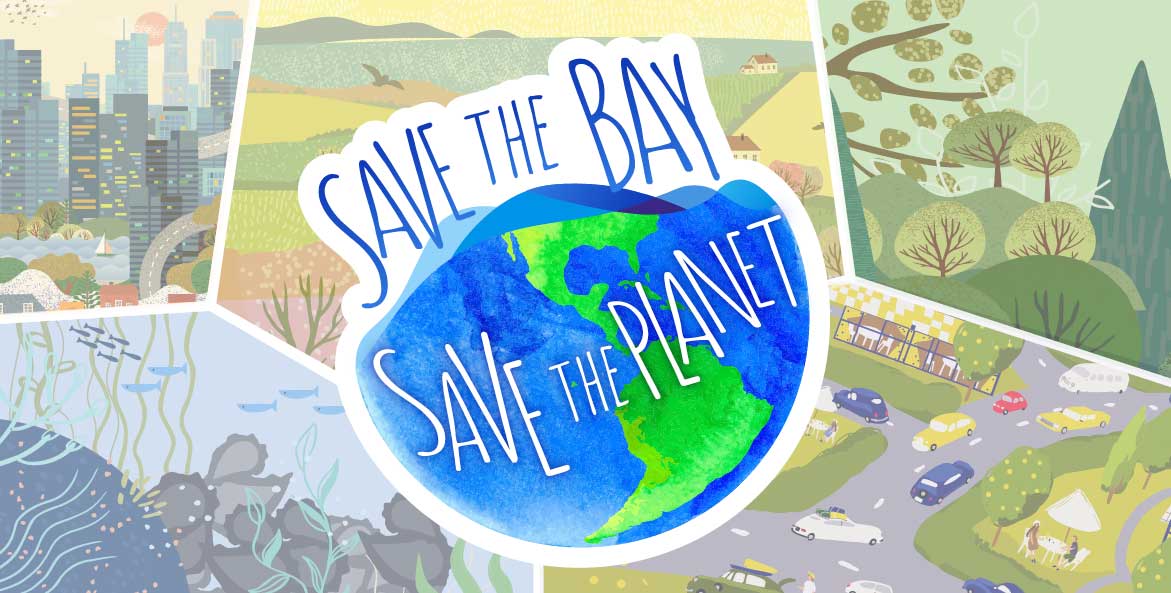Through advocacy and restoration, CBF is putting practices on the ground that reduce pollution to the Bay and help communities mitigate and adapt to climate change. You can help.
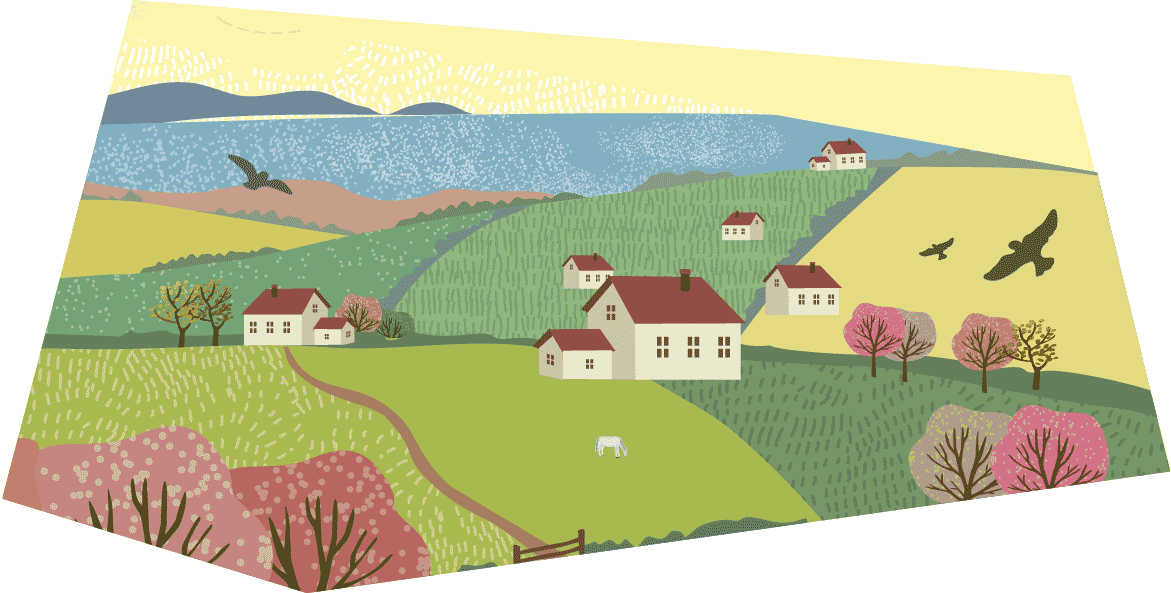
Farms
Farming practices like rotational grazing, cover crops, and no-till planting trap more carbon in the soil and reduce polluted runoff.
What CBF is doing:
CBF is working with farmers and public and private partners across the watershed to implement farming practices that benefit water quality, improve soil health, and boost farm economies. The Mountains-to-Bay Grazing Alliance and the Million Acre Challenge are two key initiatives.
What you can do:
- Support farmers who use best practices. Check out the Amazing Grazing Directory, and the Buy Fresh Buy Local Chesapeake guides to locally sourced and sustainably grown foods.
- Buy organic dairy products, which require the majority of the cow's diet to come from grass.
- Buy a share in CBF's community supported agriculture (CSA) program. You can receive fresh produce, help support our efforts to feed people of all income levels, and learn about regenerative agriculture.
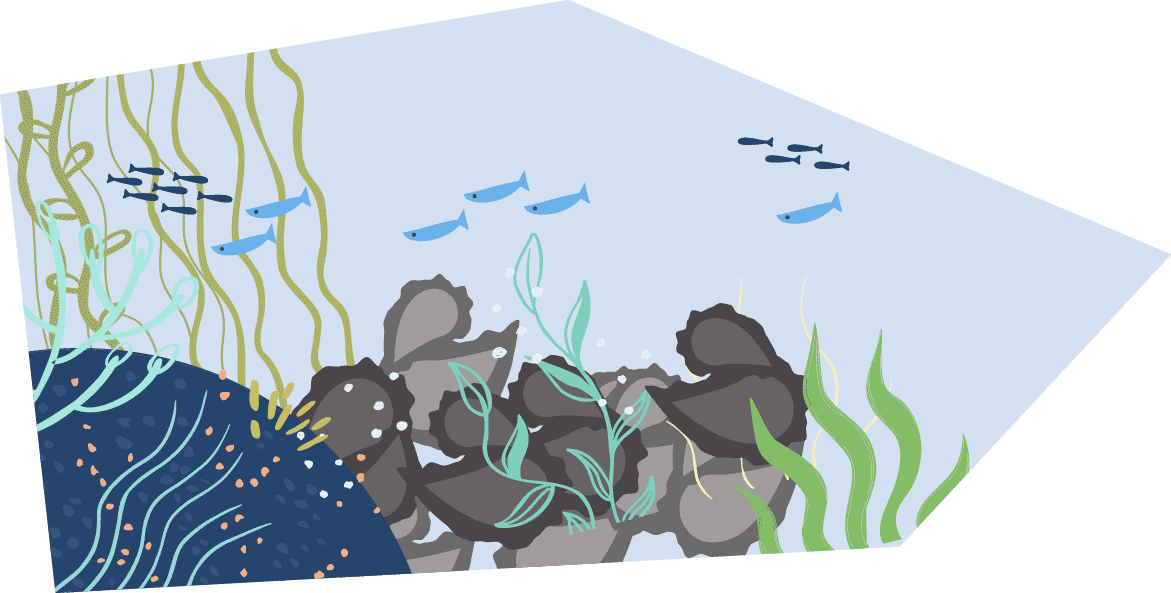
Oysters
Oysters filter the water. Their reefs can buffer coastlines from storms, and as a food source, they have a relatively small carbon footprint. Protecting oysters and improving water quality will better enable populations to withstand the effects of climate change.
What CBF is doing:
CBF launched the Chesapeake Oyster Alliance to accelerate ongoing restoration efforts in the Chesapeake Bay by restoring oysters in sanctuaries, improving science-based fishery management, and increasing oyster aquaculture.
What you can do:
- Ask for farmed oysters at restaurants or buy directly from oyster farmers at farmers' markets.
- Find where you can recycle oyster shells and which restaurants recycle their shells.
- Volunteer at CBF's Oyster Restoration centers in Maryland and Virginia, or join our Oyster Gardening programs to raise oysters for restoration.
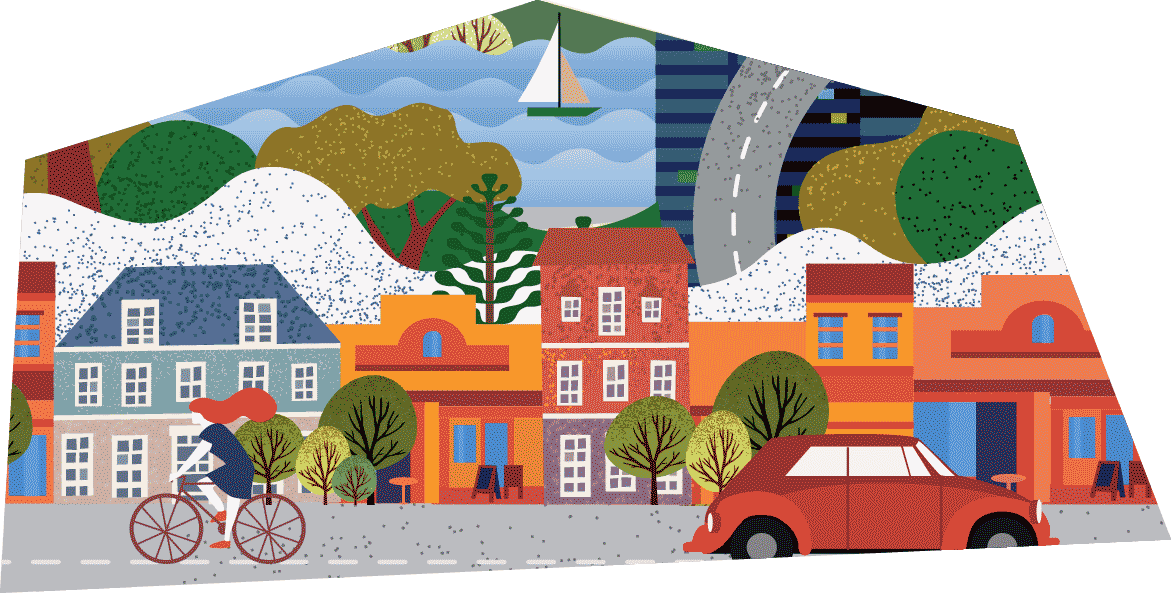
Cities
Green infrastructure such as rain gardens, street trees, constructed wetlands, and other green spaces can help reduce polluted runoff and flooding and provide relief from extreme heat.
What CBF is doing:
CBF is working with cities and community groups to place more trees in urban areas, such as our Hopewell Restoration Project in Virginia. We also worked with Hampton, Virginia, to utilize innovative environmental impact bonds (EIBs) to finance green infrastructure projects.
What you can do:
- Install rain barrels to collect water from your downspouts, use native plants for landscaping, and replace hard surfaces with pervious pavement.
- Get involved with local planning initiatives by attending city council meetings and letting your local elected officials know that water quality and climate change are important to you.
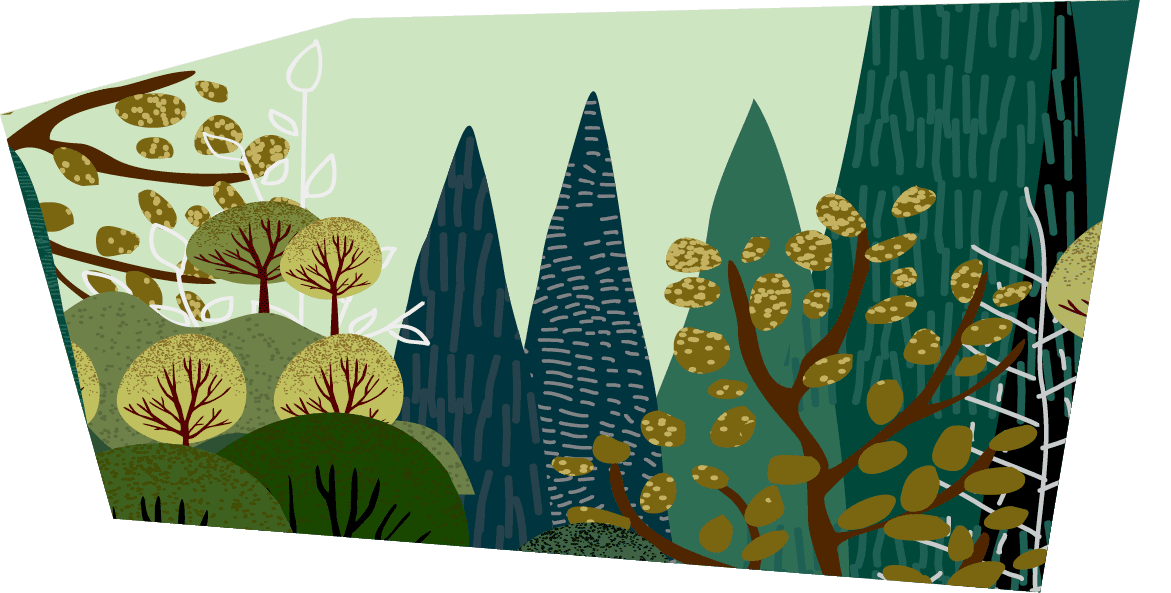
Forests
Planting forest buffers along streams is one of the most cost-effective ways to reduce polluted runoff, cool city streets and waterways, and trap climate-warming carbon.
What CBF is doing:
The Keystone 10 Million Trees Partnership will help accelerate the planting of trees in Pennsylvania by the end of 2025. We're also planting streamside trees on farms and in cities and advocating for government policies that conserve existing forests across the watershed.
What you can do:
- In Pennsylvania, the state's driver's license application and vehicle registration renewal forms now include a voluntary check-off box to donate $3 to the Keystone Tree Fund, which will help state programs buy, plant, and maintain more trees.
- Volunteer to plant trees with us!
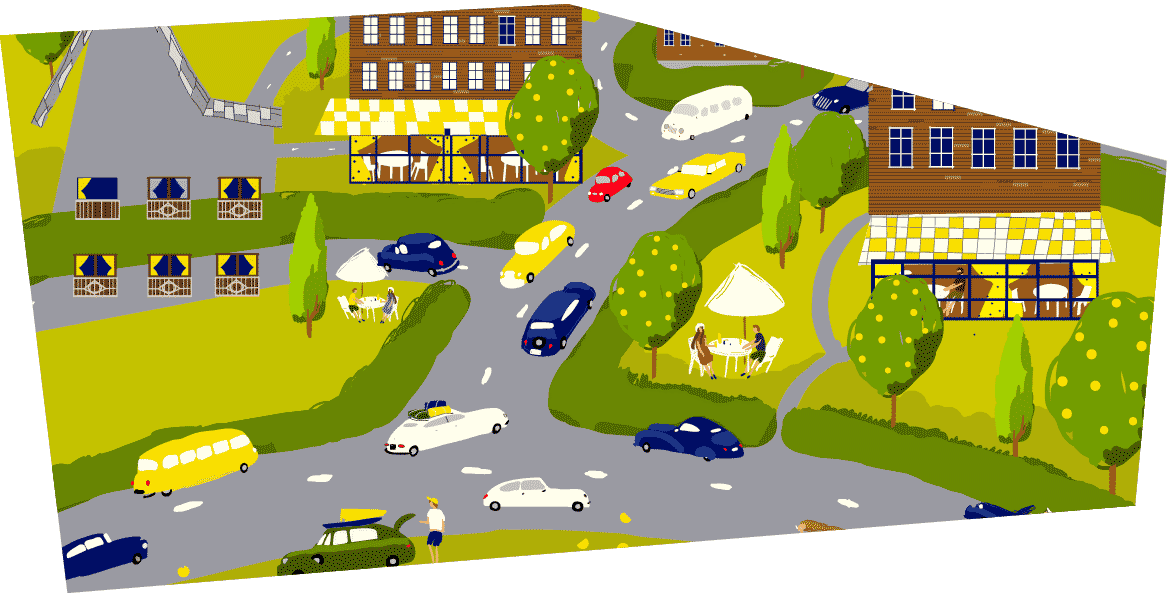
Emissions
One-third of the Bay's nitrogen pollution comes from the air. Reducing emissions of carbon dioxide, nitrogen oxides, and methane is essential to curb climate change and improve water quality.
What CBF is doing:
CBF's Federal Affairs Office is responding to attacks on important federal regulations that protect our air, water, and climate. When necessary, our litigation department takes legal action to hold the government accountable. For example, we challenged the repeal of the federal Clean Power Plan and its inadequate replacement with the Affordable Clean Energy (ACE) Rule. We also challenged EPA's move to block state-level greenhouse gas standards for car tailpipes and zero-emission vehicle programs.
What you can do:
- Carpool, use public transportation, and ask your energy provider about options to get your electricity from renewable sources.
- Stay connected to our emissions work by visiting CBF's regulatory web page, where you'll find information on key regulatory priorities, and visit our Action Center to speak out for clean water at the local, state, and federal levels.
Issues in this Post
Climate Change Agriculture Air Pollution Eastern Oysters Forest Loss Runoff Pollution

